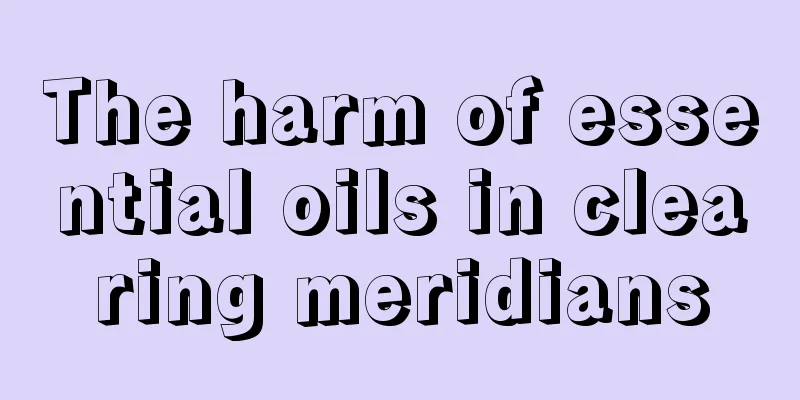Is the glass poisonous?

|
Generally speaking, as long as you buy glass cups in some regular shopping malls, the quality can be guaranteed. Such glass cups have no toxic side effects, and drinking water with glass cups will not affect your health. We know that the most popular glasses on the market are crystal glass cups and ordinary glass cups. There are lead-free crystal glass cups, and there are also lead-containing glass cups. When choosing and buying glass cups, be sure to look at the labels and color and buy glass cups without toxic side effects. Is glass poisonous? There are two main types of crystal glass currently circulating on the market: lead-free crystal glass and leaded crystal glass. The former generally contains potassium, and is mostly high-end handicrafts with markings on the outer packaging; the latter contains lead, that is, the crystal glassware commonly seen in some supermarkets and street stalls, the lead oxide content can reach 24%. In daily life, when using cups made of leaded artificial crystal to hold acidic beverages such as alcohol, cola, honey, fruit acid juice, or other acidic foods. Lead ions may form soluble lead salts and be ingested by the human body through beverages or food, causing serious harm to health. In addition, some glass cups are painted in various colors. Although they look good, they contain harmful or even highly toxic elements, such as heavy metals such as lead, chromium, cadmium, nickel, copper, manganese, and non-metals such as arsenic, fluorine, chlorine, and sulfur. During the industrial production process, these elements will be released and vaporized, polluting the atmosphere and water sources, causing harm to humans. How to identify lead-free glass? 1. Look at the label: lead-free glass generally contains potassium, and most of them are high-end handicrafts with labels on the outer packaging; while leaded glass contains lead, that is, the crystal glassware commonly seen in some supermarkets and street stalls, the lead oxide content can reach 24%. 2. Look at the color: Lead-free glass has better refractive index than traditional lead-containing crystal glass, and more perfectly displays the refractive index of metallic glass; for example, some ornaments of various shapes, crystal wine glasses, crystal lamps, etc. are made of lead-containing glass. 3. Look at the heat resistance: Glass cups can generally withstand very high temperatures, but generally have poor resistance to extreme cold and heat. Lead-free crystal glass has a high expansion coefficient and is less resistant to extreme heat and cold. If you use boiling water to make tea in a particularly cold lead-free glass, it is prone to bursting. 4. Weigh the weight: Leaded crystal glass products are slightly heavier than lead-free crystal glass products. 5. Listen to the sound: The sound of lead-free glass is more pleasant than the metallic sound of lead-containing crystal glass, and it is known as the "musical" cup. 6. Look at toughness: lead-free glass is more resilient and impact-resistant than lead-containing crystal glass. |
<<: Why are bamboo clams afraid of salt
>>: The difference between crystal cup and glass cup
Recommend
Can taking a bath frequently remove moisture?
Everyone has some moisture in their body to a gre...
What are the early signs of nasopharyngeal cancer?
Nasopharyngeal carcinoma refers to a malignant tu...
Spread and metastasis of esophageal cancer
The spread and metastasis of esophageal cancer ar...
Depression patients
Depression is a very common disease. Many people ...
Drink more water after doing these things
As we all know, life cannot live without water. E...
How can I cure motion sickness
Motion sickness is a very troublesome thing. Peop...
What is the cause of lymphoma? What should we eat more to fight cancer?
What is the cause of lymphoma? What should we eat...
I see things bulge when I wear glasses
Myopia is the main reason that affects people'...
What are the factors that cause lymphoma
Lymphoma is one of the most common tumors in the ...
What is the targeted drug for ovarian cancer
Ovarian cancer is the third most common gynecolog...
How to treat low sperm survival rate?
Low sperm survival rate is a particularly distres...
The efficacy of purple bamboo salt
Purple bamboo salt can help maintain the body, bu...
Is your memory good at night?
Memory is the most important ability of the human...
Traditional Chinese Medicine cures laryngeal cancer patients
Aunt Zhang, 32 years old, was in good health usua...
There are small black spots on my feet from being pierced by nails
I accidentally got pricked in the foot by a nail....









